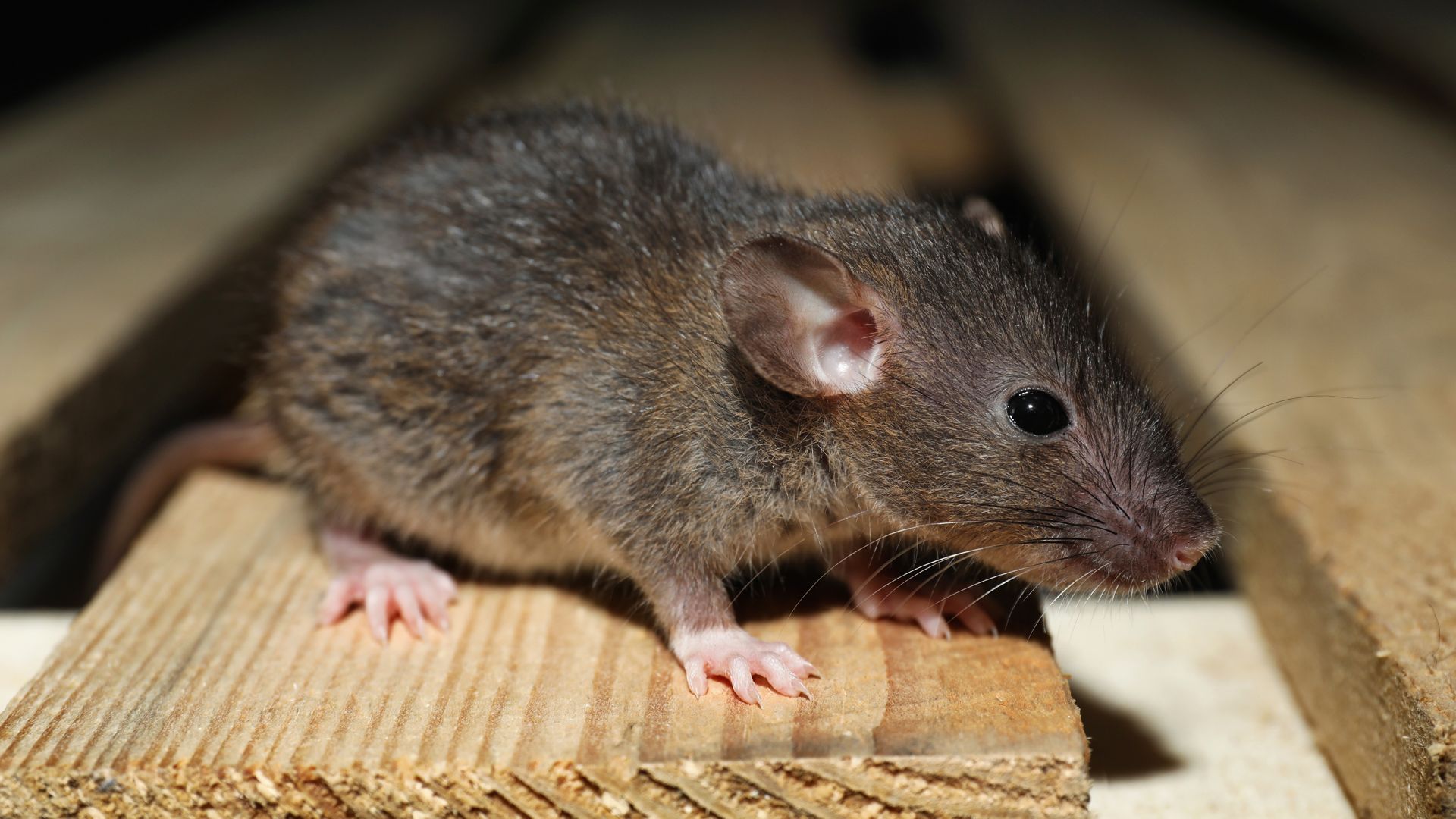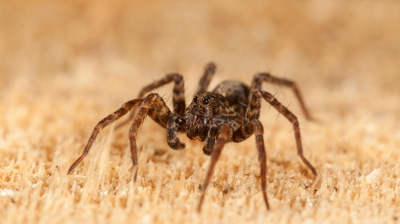
-
Ready To Get Started With Treatment? Our General Pest Control Starts at $42 a Month.
-
Protect Your Home! Our Complete Termite Protection Starts at Only $499
-
Have a Mosquito Problem? Reach Out Today to Get Your First Mosquito Service FREE!
Pest Inspections in Richmond, VA
Why You Need a Pest Inspection
The primary reason you need a pest inspection for your greater Richmond, Newport News, or Williamsburg home is for peace of mind. Knowing your home is not infested with termites, cockroaches, ants, or other pests provides comfort for you and your family. However, if you are selling or buying a home, you might need a professional pest inspection as part of the closing process.
The Difference Between a Pest Inspection and Home Inspection
The reason that professional pest inspections are often required – as in the case of VA loans – is that signs of infestation, such as wood rot and moisture, aren’t identifiable to the untrained eye. That’s why buyers and lenders often require a professional pest inspection before closing.
When a home is being sold, there are two types of home inspections. The first is a seller’s inspection (or a pre-listing inspection) and the second is a buyer’s inspection.
A seller’s home inspection happens before the home is listed. Some sellers choose to get their home inspected as they’re beginning to prepare their house for sale, so they can fix any potential issues beforehand and save time in the closing process.
A buyer’s inspection occurs after the buyer has made an offer on the home, and before closing the sale. After a home inspection, the buyer may be able to renegotiate their offer or request repairs if certain issues come up.
Whether a seller’s or buyer’s inspection, the home inspector will look for any hazards, safety threats, or major defects that might need to be rectified before the closing. Generally, the home inspector does not include much about pests. The inspector may include items such as wood rot or moisture – which are red flags for pests – but will likely recommend a pest inspection specialist take a closer look.
The pest inspection is a separate process performed by a licensed pest inspector who’s trained to look for signs of infestations and who does pest inspections specifically for Richmond, Newport News, and Williamsburg area real estate transactions.
Why You Should Hire a Professional Pest Inspector
Professional pest inspectors know the difference scraps of chewed wood left behind by swarms of termites and mounds of dirt created by harmless earthworms in your soil. To the untrained eye, these mounds look the same.
Common pests that inspectors target include wood-boring invaders such as termites or powder post beetles and insects such as cockroaches or carpenter ants.
Inspectors will examine both the home’s interior and exterior, including around windows and roof lines, foundations, and rafters. If an inspector finds a soft spot, a probing device will be used to easily poke a hole in the wood. This is a normal part of an inspection and should not upset homeowners. If an inspector can poke a hole in the wood, that simply serves as evidence of a problem far greater that one small hole.
Your Pest Inspection Report
Your pest inspection report will list areas of concern, along with recommendations to correct the problems that were identified. The report might also identify areas for further investigation, such as inaccessible spots that might require, for example, ripping tile from a shower wall or digging a trench to wiggle further under a house in a tight crawl space.
Some home inspection companies will bundle pest inspection services with the home inspection for an additional fee but checking for pests and knowing how to get rid of them requires specific skills that a home inspector doesn’t have.
While a pest inspection report – or a “Wood-Destroying Insect Inspection” – is not always required, it is a standard element in Virginia real estate sales contracts. In addition, before the loan can go through, borrowers using VA financing and FHA financing may need to provide a clearance letter to show the pest inspection took place and the seller treated any issues before the loan can go through.
Why Eco Pest Control?
- We offer the very best environmental pest control solutions available.
- We offer free pest inspections.
- We offer a 100% customer satisfaction guarantee.
If you have a pest problem, then rely on Eco Pest Control, the best environmental pest control company in the greater Richmond, Newport News, and Williamsburg areas.

Testimonials
ECO PEST CONTROL HAS MORE THAN 2,000 5-STAR REVIEWS
"Based on customer service alone I'd recommend to anyone."



